Empires put up buildings, and when those empires are religious, they put up buildings of worship.
The Roman Empire was weakening when, in 324 CE, Emperor Constantine opened a second branch 840 miles to the east. He built a new church in the city he named after himself. Completed in 360 CE, it was known as the Hagia Sofia, Sofia being the phonetic spelling of the Greek word wisdom.
In 410 CE Visigoths destroyed Rome, and the western half of the empire sharply declined. Constantinople became the center of the Christian world, and the Hagia Sofia became the symbol of Byzantium.
Fires and revolts destroyed several versions of the Hagia Sofia. The current building was put up by Emperor Justinian I between 532 and 537. Built on a scale unprecedented in human history, it was the largest church in the world, and it maintained this status from 360 to 1453 CE, over a thousand years. It remains the finest example of Byzantine architecture.
Of his work, Justinian was said to have proclaimed, “Solomon, I have outdone thee!”
Ten thousand workers built the Hagia Sofia to a height of 180 feet, the same height as the Statue of Liberty’s torch. They completed its massive dome in only five years. The building measures 230 by 246 feet and its dome spans 102 feet. Its interior is full of handcrafted mosaics dating back as far as the eighth century. Other inside surfaces are made of green, white and purple marble.
In 1204 Latin Crusaders offended by Eastern Orthodox beliefs sacked the Hagia Sofia, stealing many of its precious relics. After the Muslim conquest in 1453, the Hagia Sofia was turned into a mosque. Kemal Ataturk, founder of the modern Turkish Republic, proclaimed it a museum in 1934.
I cannot fully imagine the how a person of the sixth century, accustomed to squat, dimly-lit structures, would have felt standing in such an enormous, enclosed building. The fact that it stood at all must have seemed like a miracle, proof of the immense power of God.
Today’s mega-churches are built to serve large congregations, and most are not architecturally distinctive. I tend to view these buildings as expressions of overweening pride, ignorance of Jesus’ message of simplicity. But I find it difficult to think that way about a building that has stood for 1500 years. Any venality or baser motives on the part of the Hagia Sofia’s creators has been lost to the ages. Endurance trumps vanity. Brilliant architecture trumps mediocrity. I realize that my sentiments lack consistency.
Let me show you some photos of the church, visible from almost every part of Istanbul’s Old City. The lovely structure is different each time I see it, so I find myself continually photographing it.
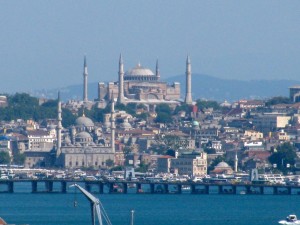 |
| Viewed from a ferryboat on the Golden Horn. Minarets were added during its mosque years. |
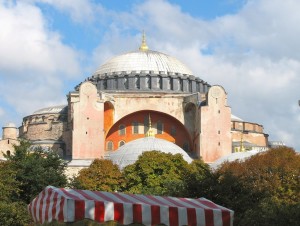 |
| Closer view — note orange stucco facade |
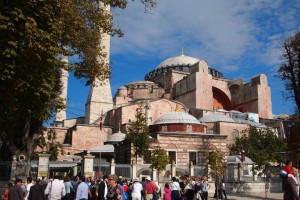 |
| Angled view — note buttresses, added in the ninth or tenth centuries |
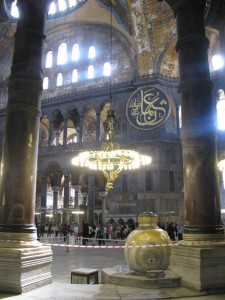 |
| View toward front. Medallions in Arabic commemorate Muslim prophets. Note how small visitors appear. |
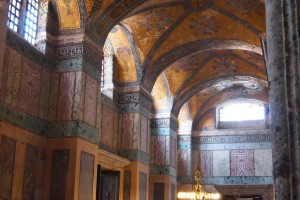 |
| The building’s interior glows with tones of gold, burgundy and gray-green. |
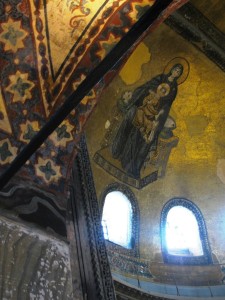 |
| Fresco of Mary and Jesus on side of dome |
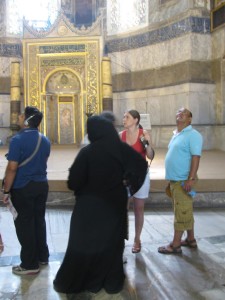 |
| People come from all over the world to see the Hagia Sofia. |
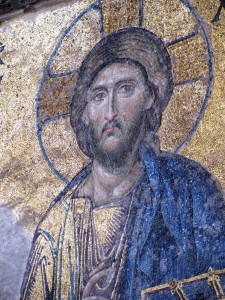 |
| The expression on this mosaic panel moves many visitors to tears. |
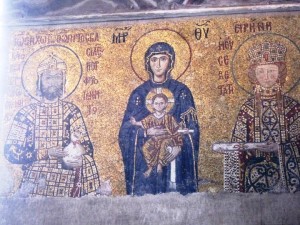 |
| Mary and Jesus with Emperor Johannes Comnenus II and Empress Eirene |
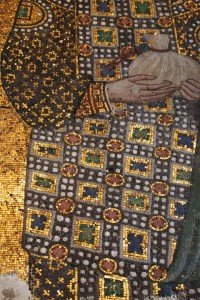 |
| Gold mosaic detail |
I love the Hagia Sofia.
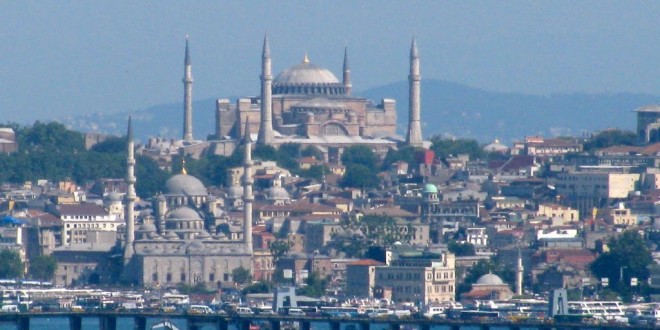
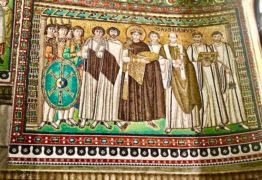
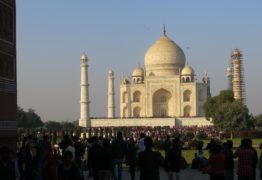
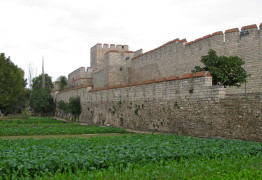
Just beautiful!
Extraordinary post!
Hey I know this is off topic but I was wondering if you knew of any widgets I could add to my blog that automatically tweet my newest twitter updates. I’ve been looking for a plug-in like this for quite some time and was hoping maybe you would have some experience with something like this. Please let me know if you run into anything. I truly enjoy reading your blog and I look forward to your new updates.
whoah this blog is wonderful i love reading your articles. Keep up the great work! You know, many people are looking around for this information, you could help them greatly.
I just want to tell you that I am just very new to blogging and site-building and absolutely enjoyed you’re blog site. Probably I’m want to bookmark your site . You certainly have terrific posts. Thanks a bunch for revealing your blog site.
No contracts or commitments. Over 60% of our clients come back year after year; others use our services for a special event. Either way we want to earn your business the old fashion way, by providing quality service at a fair price.
Fantastic article post. Cool.
Vile@gmail.com
Balk@gmail.com
Levi’s Stadium is the first new NFL stadium to be built in California in 50 years and cost about $1.2 billion. The stadium seats about 68,500 fans and is the first pro football stadium to achieve LEED Gold certification. In fact, 49ers officials are so proud of the stadium’s sustainable status that visitors can actually view display inside the stadium that shows how much energy and water the structure is using in real time.
If you have been considering selling your unwanted precious metals, you may have just found the perfect way of getting cash for gold. Goldwise is a 100% New Zealand owned and operated gold buying company specializing in purchasing unwanted gold, silver and platinum jewellery, coins, dental gold and scrap gold. We have had our clients spend their profits on a well-deserved holiday, paying bills, upgrading their jewellery collection or simply treating themselves or the loved ones to something nice.
Mccollester@gmail.com